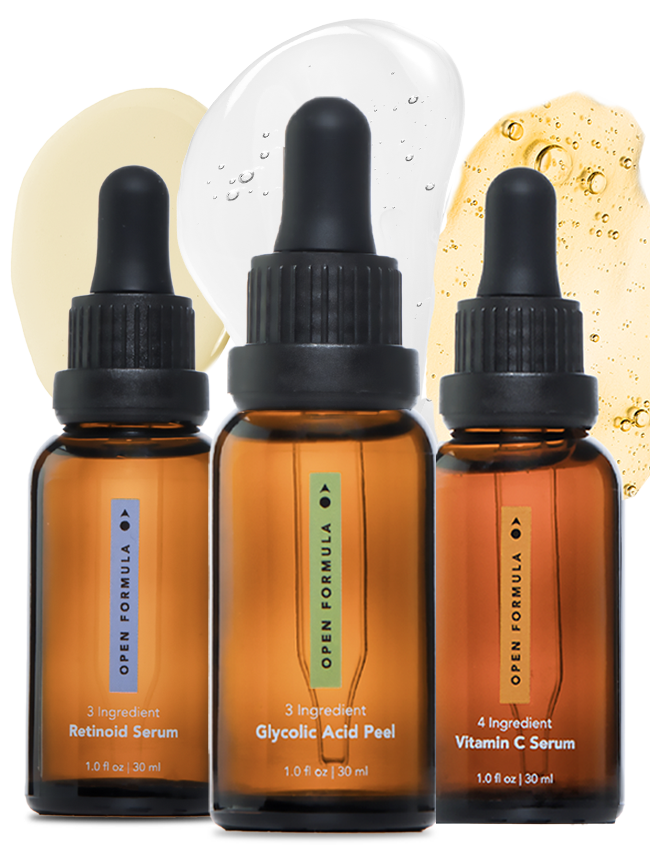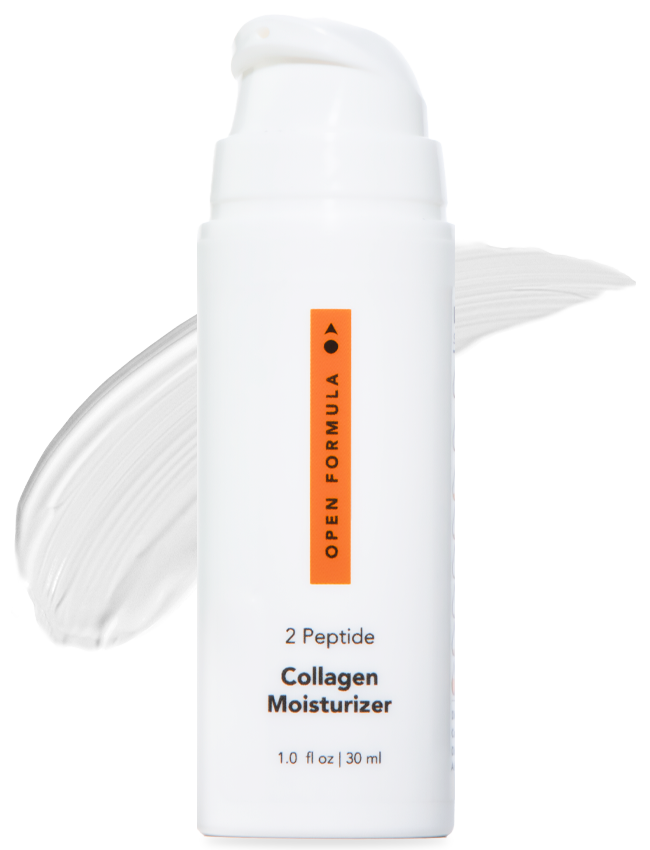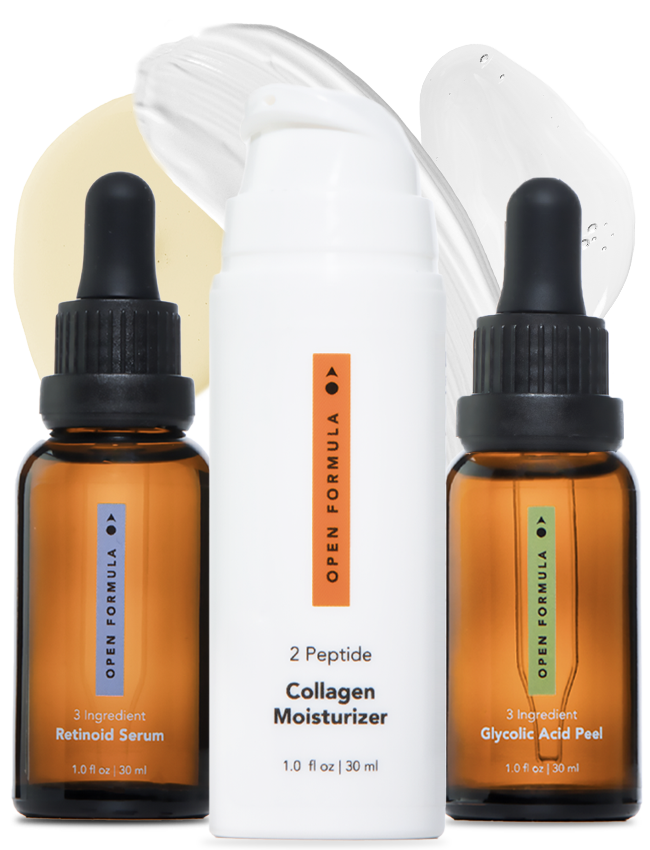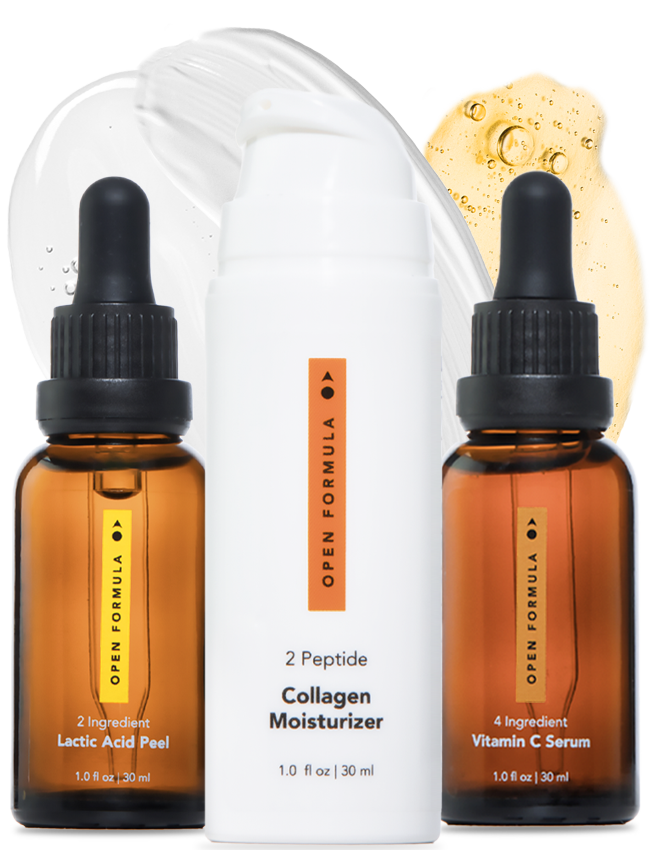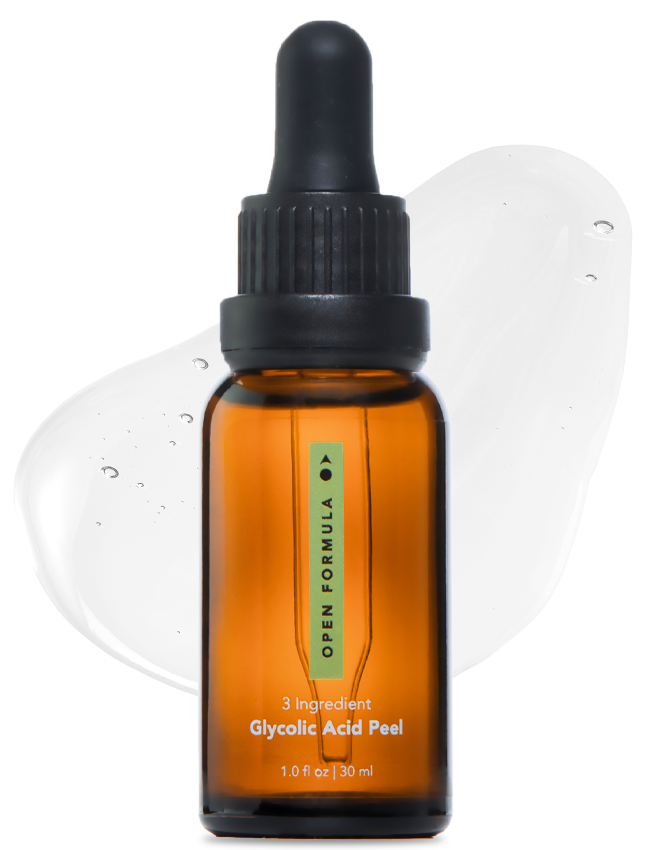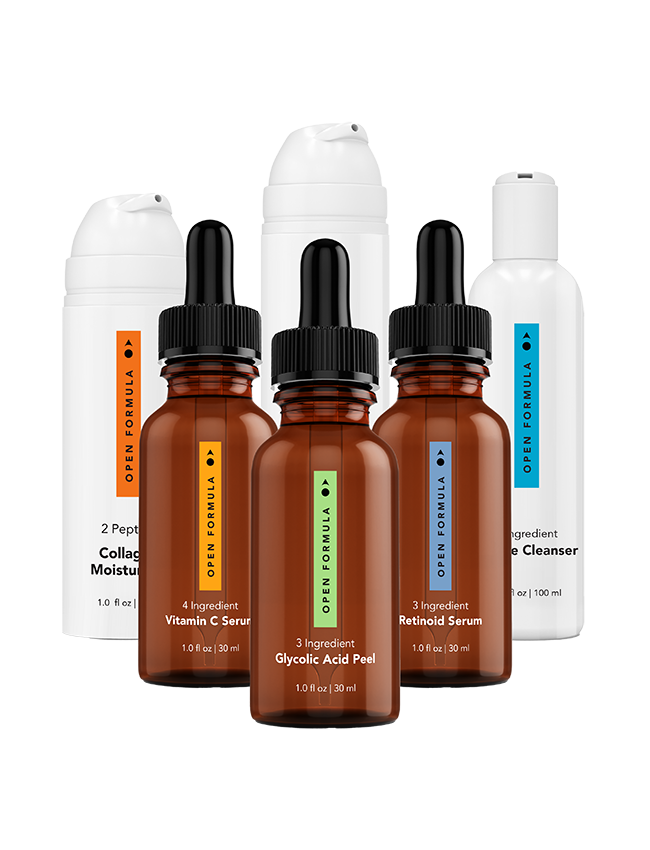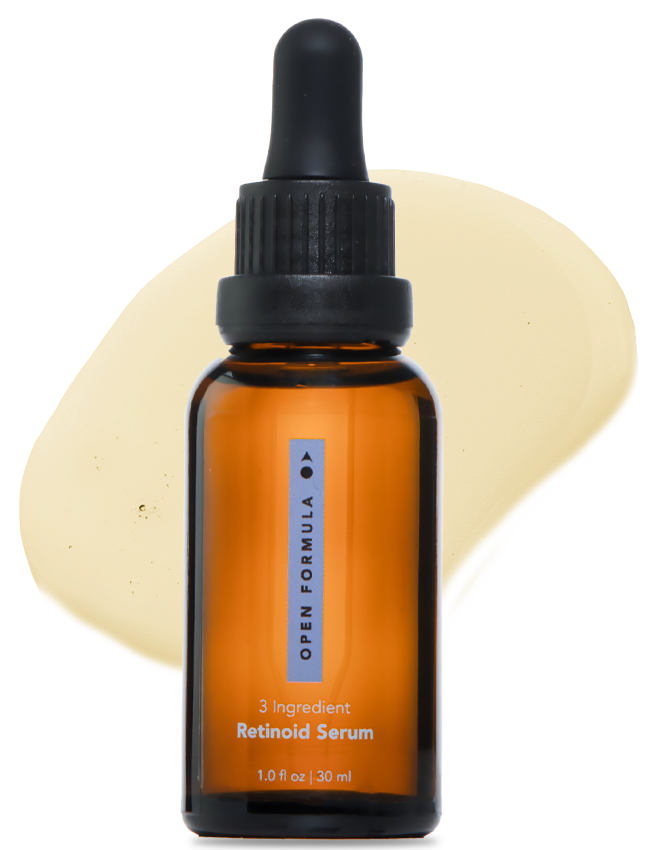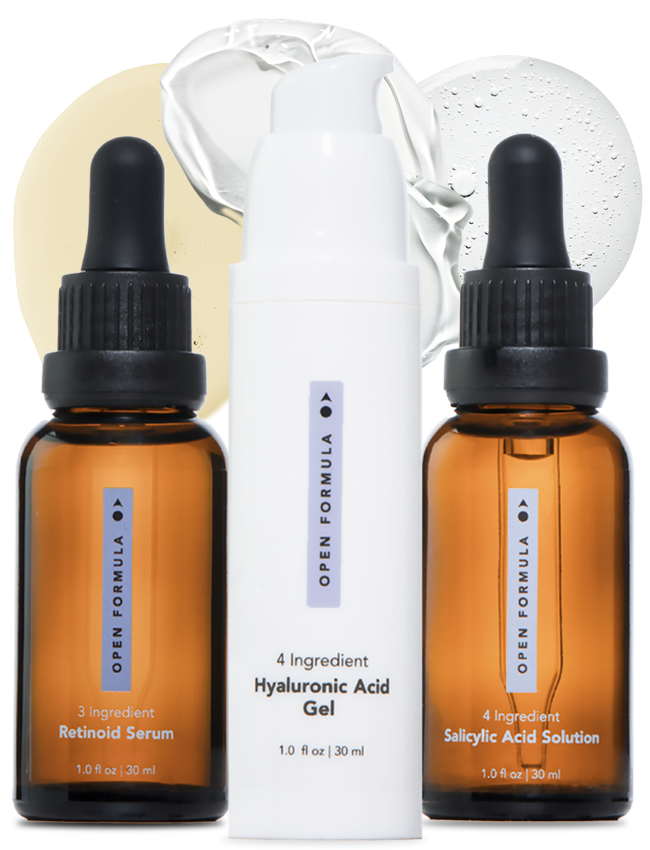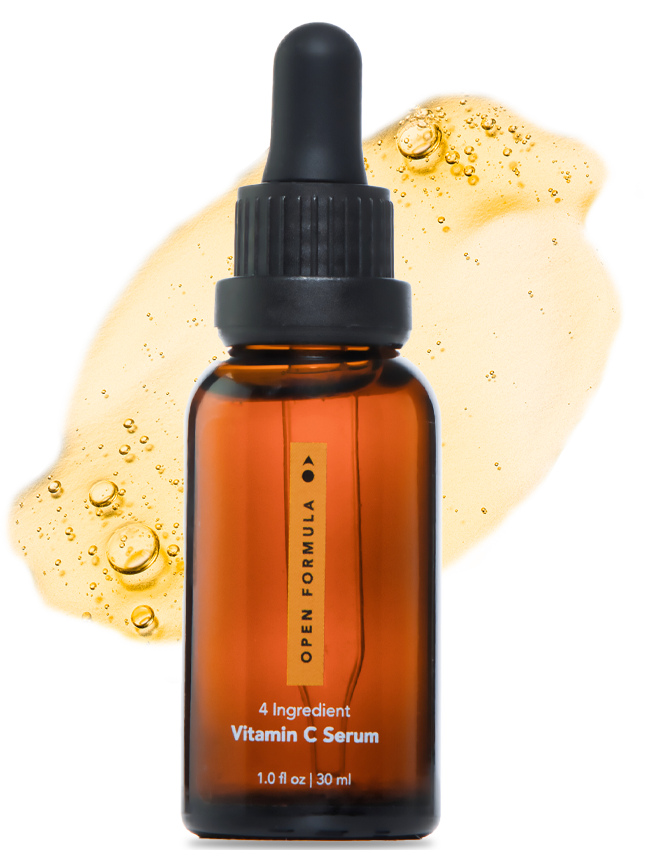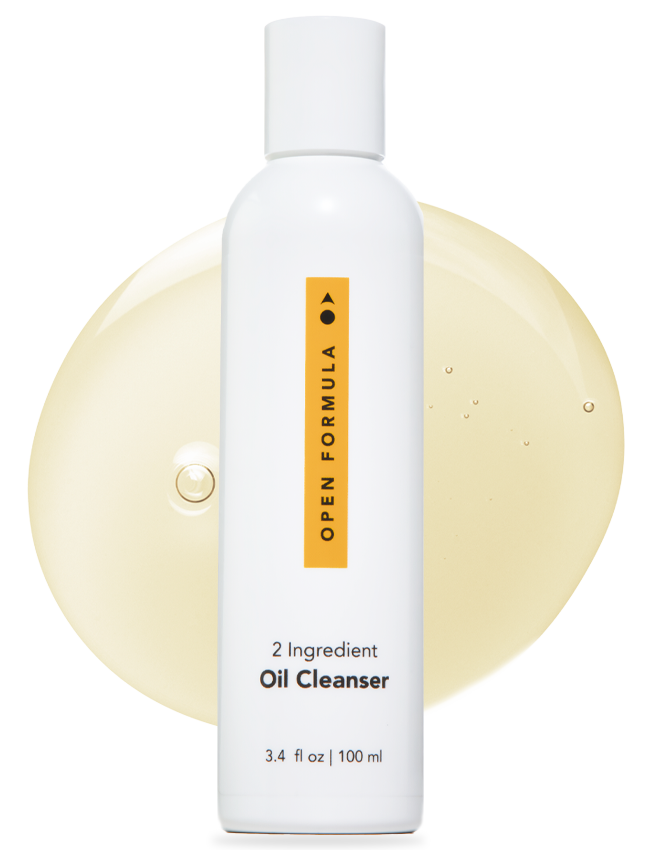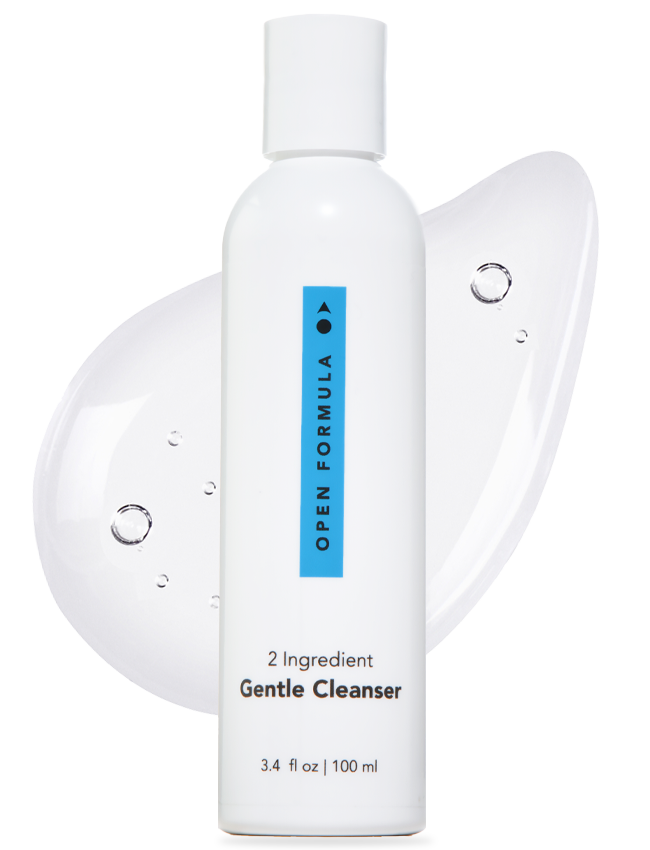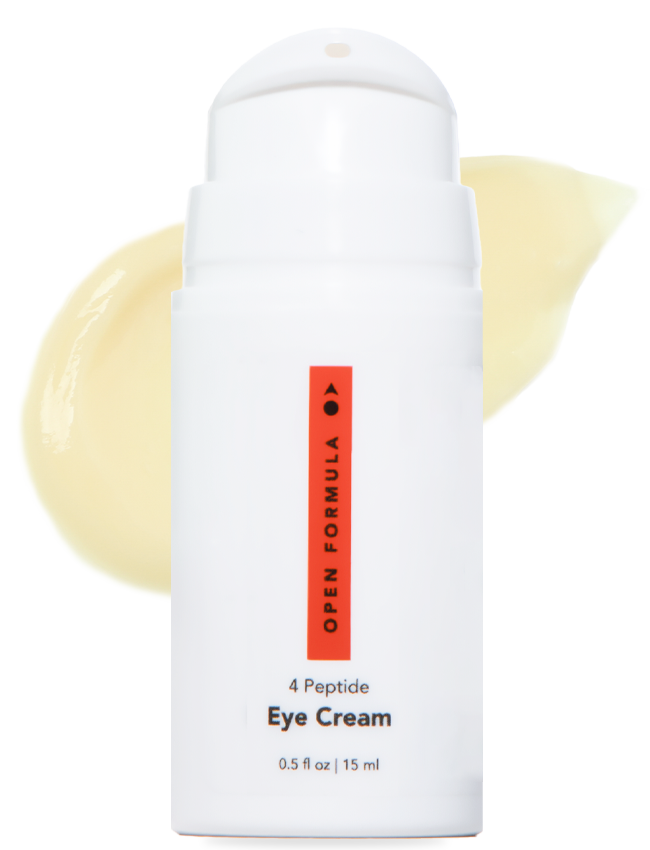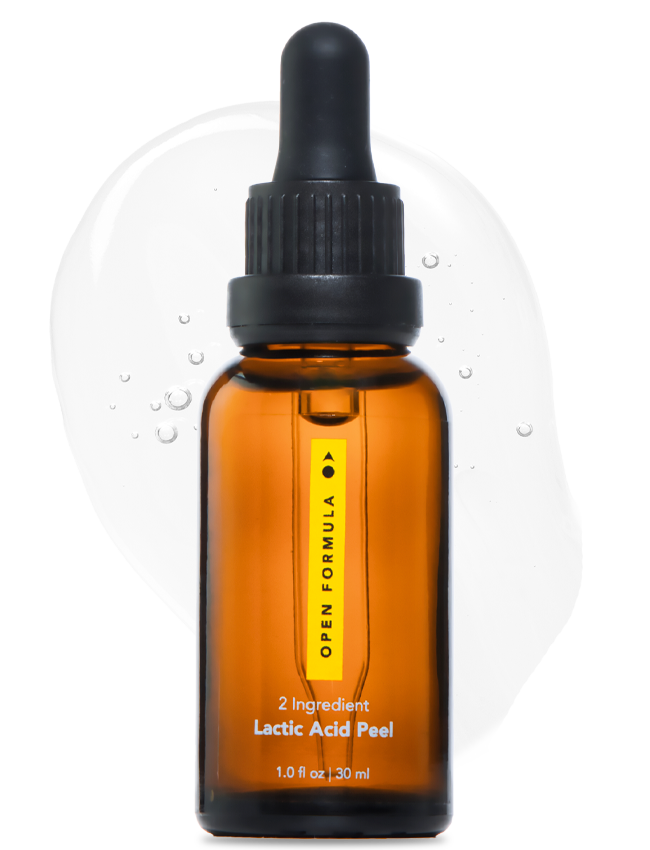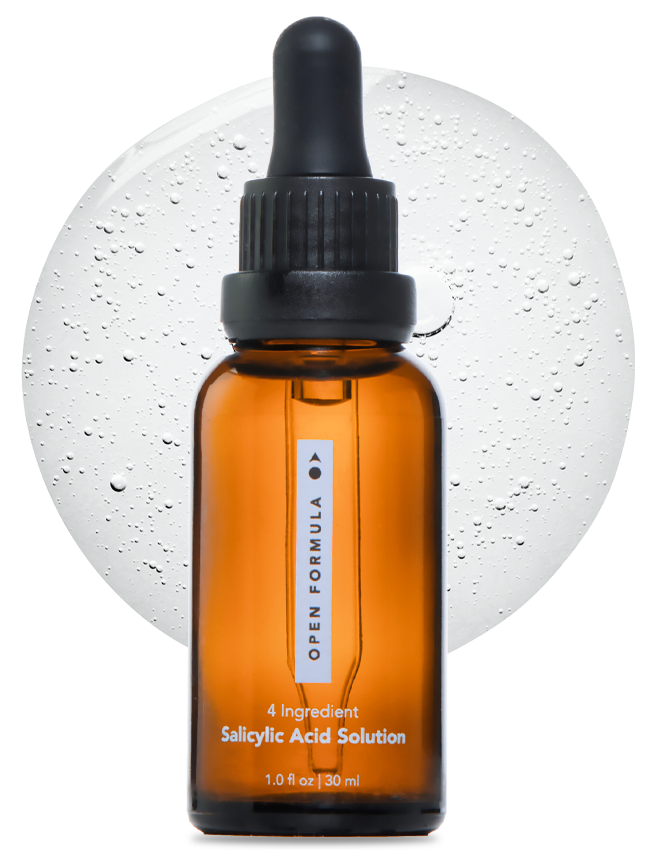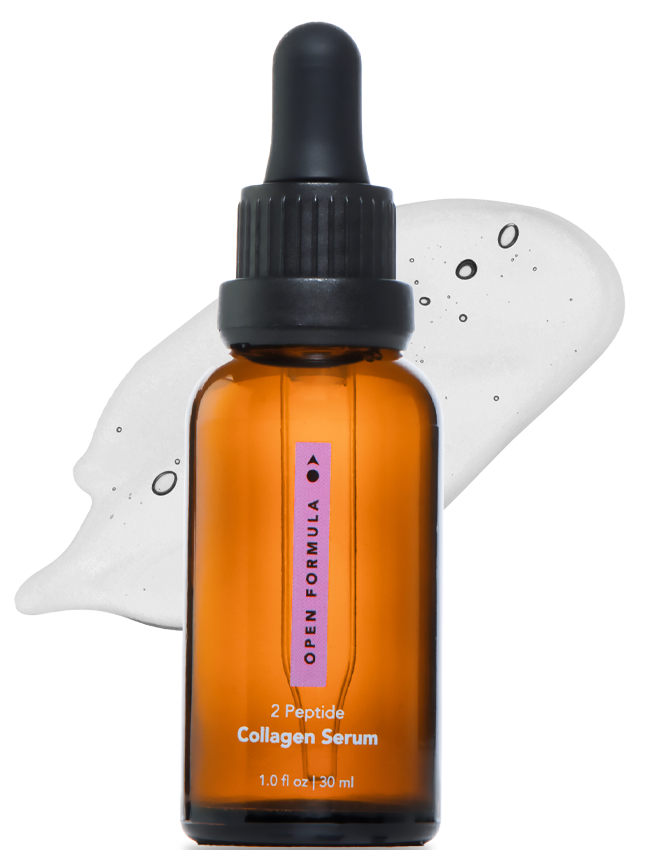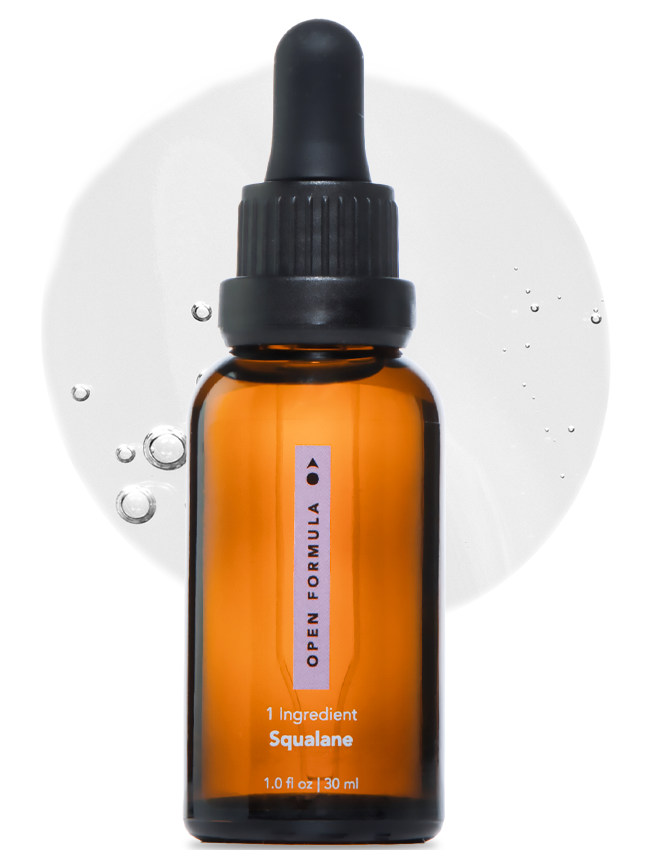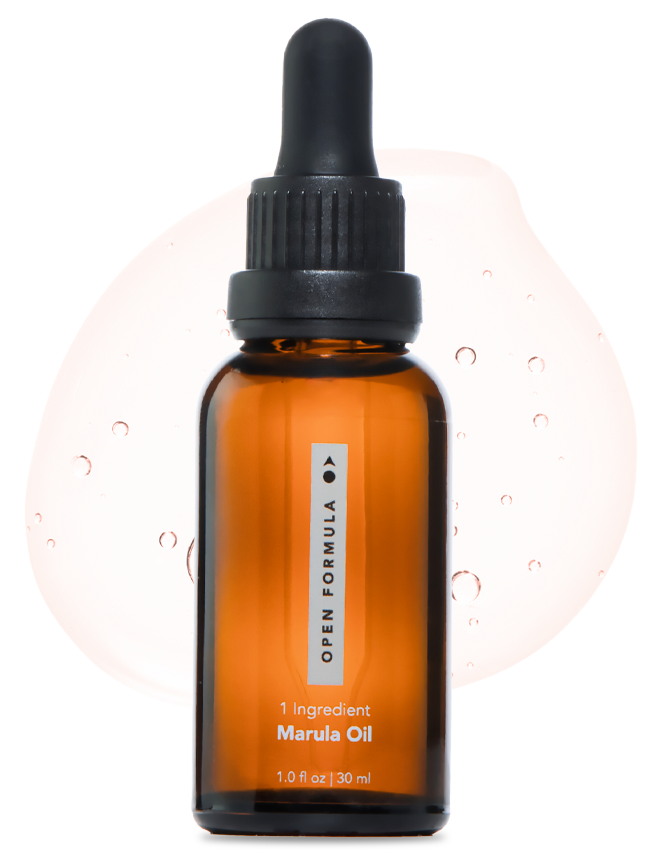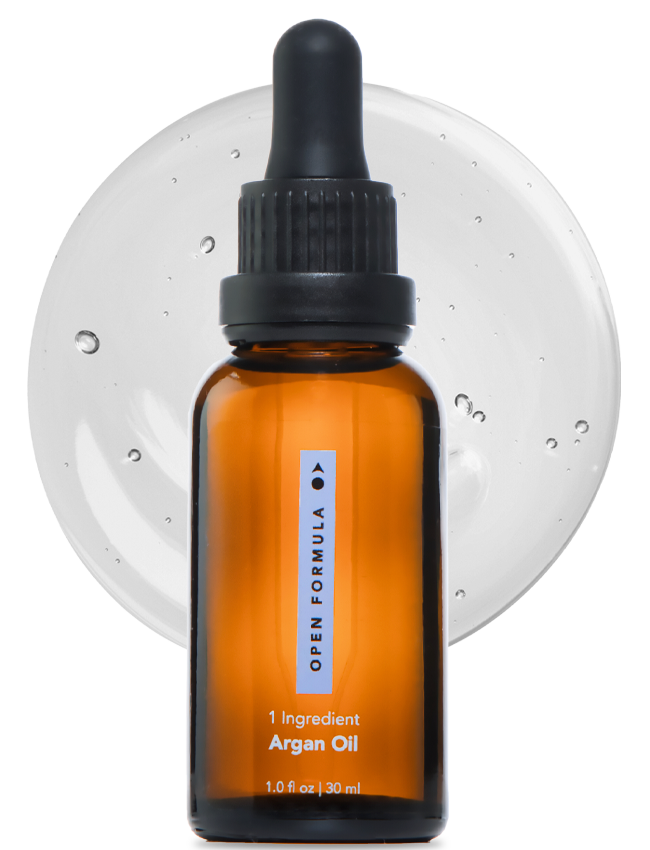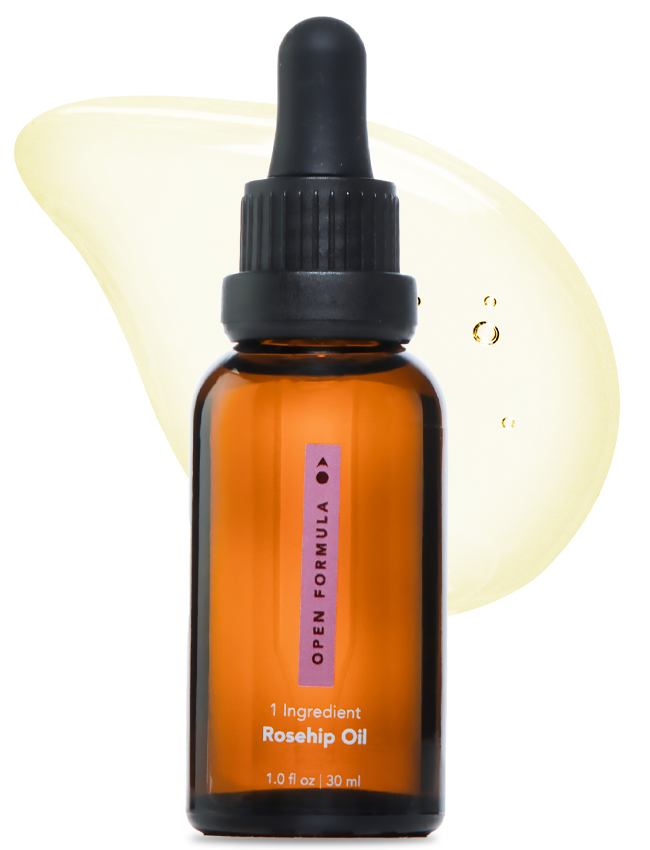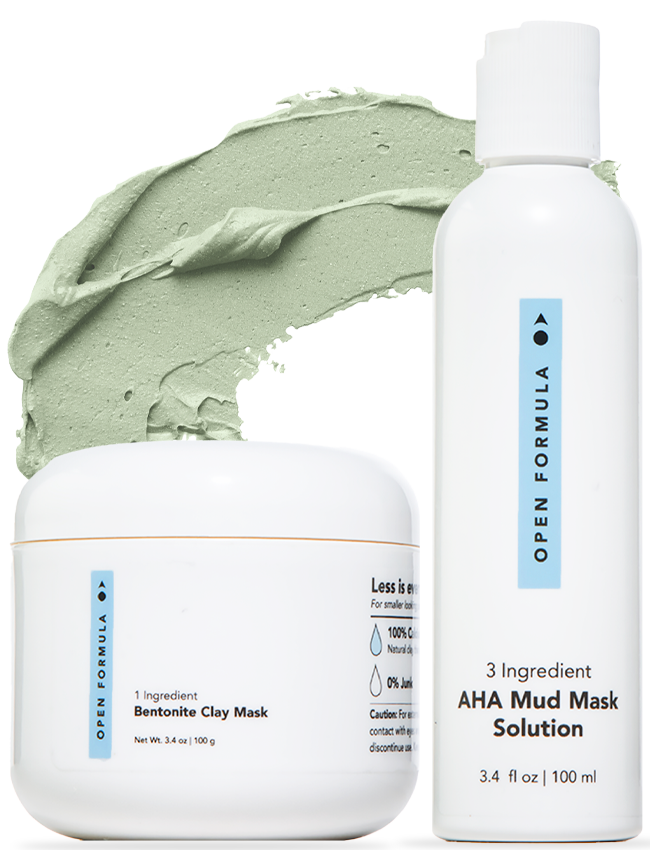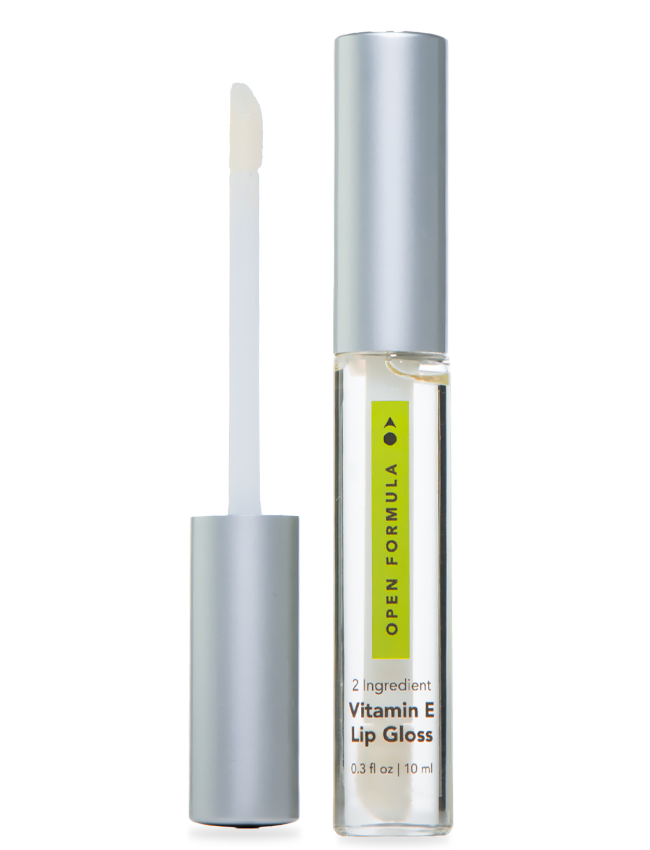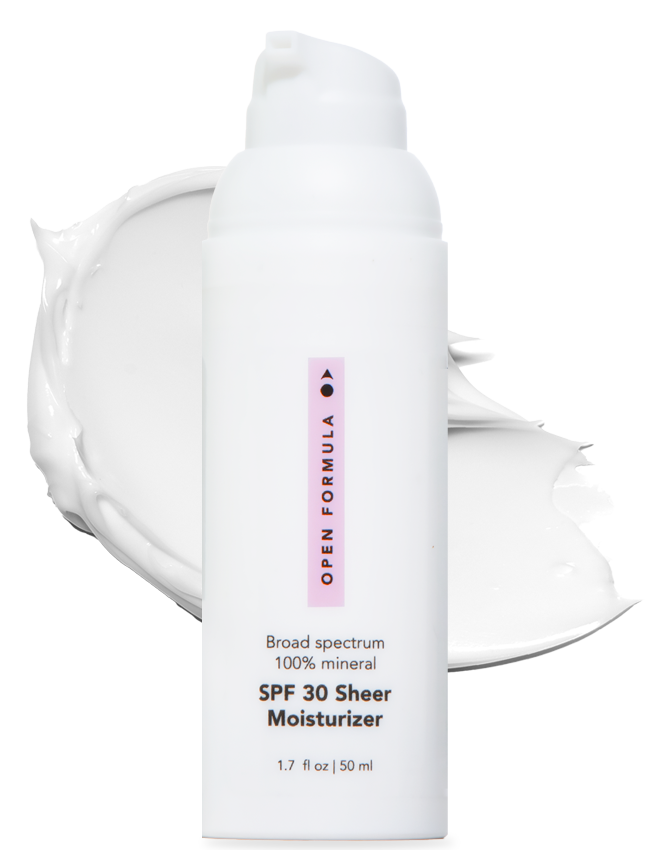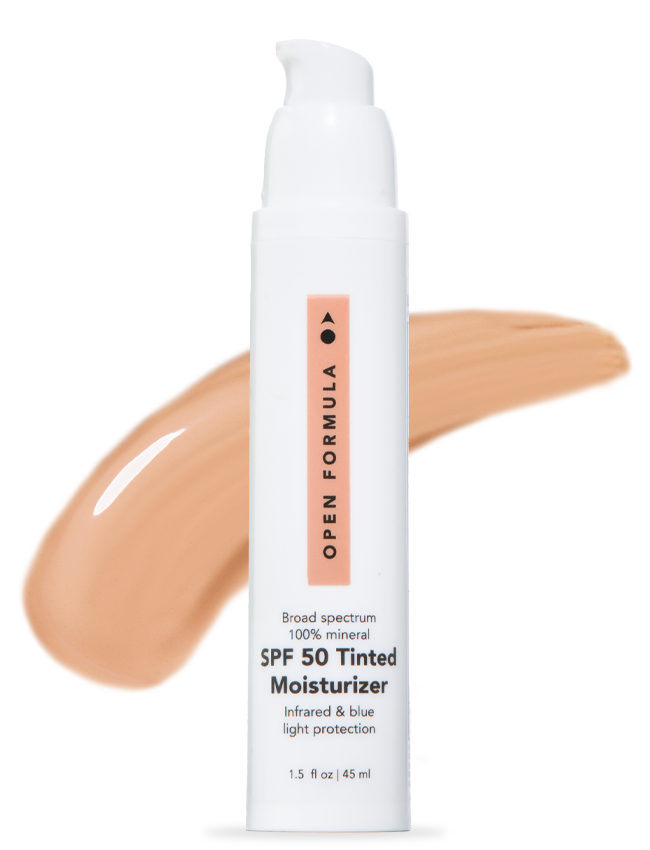One of the most dreaded signs of aging is getting loose skin around the neck, commonly called “turkey neck.” The only place we want to see it is on that Thanksgiving turkey. So let’s dig into turkey neck, its prevention and treatments.
What is Turkey Neck and How it Forms
Turkey neck is that loose skin that drapes and hangs from under the chin down the front of the neck. It crops up as you age. But why do you end up with loose skin there in the first place?
Why Loose Skin With Turkey Neck?
There are 26 muscles in the neck that support movements like turning the head, tilting, looking up and looking down. These neck muscles give the head its mobility. As we age, there's a loss of muscle mass, a decrease in collagen and elastin to the skin, and increased skin dehydration.
Decrease in Collagen and Elastin
After menopause, women have a decrease in hormones that have worked to help keep the skin appearing firm, smooth, and young, specifically estrogen. Estrogen increases the production of collagen and elastin, both of which keep the skin firm and bouncy. And as estrogen wanes it causes a drop in collagen and elastin production. Then the skin ages faster, leaving it thinner, saggier, drier, and more wrinkled. All those symptoms add up to turkey neck.
Loss of Muscle Mass
When it comes to muscle health and strength, you’ve heard the old saying, “Use it or lose it.” The neck muscles are no exception. Without proper targeted exercise the muscles become lax and weak, losing their shape.
Dehydrated Skin
Skin needs constant care at every age and stage of life. When young your skin naturally retains more moisture. But without care the neck skin becomes dehydrated and crepey, leading to turkey neck.
Common Age it Starts
For most people, by the time they reach the age of 40 the muscles in the neck have already started to atrophy along with a decrease in the production of collagen and elastin.The average age you can begin to see signs of skin laxity is in your 40s.
Treatments
Skincare Routine
Most people have a skincare routine for their face, but forget to take care of the skin on their neck. A full skincare routine for face and neck is a must in treating and preventing turkey neck. The skincare routine must include daily cleansing, moisturizing, SPF, and most important, a product that boosts collagen. Collagen is the antidote to saggy skin. Here is what to include in your skincare routine for turkey neck:
Ingredients for Your Skincare Routine
- Retinoids. Retinoids are a topical ingredient that is chemically related to vitamin A. They're used to treat everything from acne to hyperpigmentation and signs of skin aging.
- What they do in skincare. Retinoids come in various forms from creams to serums. They stimulate and increase the production of both elastin and collagen in your skin, which keeps skin firmer and younger.
- Peptides. Peptides are chains of amino acids that are the building blocks of proteins. So peptides build up one of the most important proteins: collagen.
- What they do in skincare. Adding a peptide to your skincare routine means stimulating more collagen, for firmer plumper skin, even at the neck.
Turkey Neck Surgery Options
And if supplements and skincare aren’t enough to help you reach your appearance goals, then there is always surgery. Besides botox, which isn’t technically a surgery, there are three options: the hyo neck lift, the MST operation, and Z-plasty.
- The Hyo Neck Lift is one of the more recent options. Promising a procedure to smooth neck skin and reduce skin sagging.
- MST (mastoid-spanning barbed tensor thread) Operation requires less invasive activities and is considered on of the least invasive techniques. It uses barbs to tighten the skin, leaving only small scars.
- Z-plasty, also called an anterior cervicoplasty, appeared as a surgery in the 1970’s. It involves directly removing the skin from the neck. It’s considered fast and effective but leaves a scar on the back of the neck.
The best thing you can do, regardless of your age, is to take action today. With so many options and choices, you don’t have to live with saggy skin at the neck.







